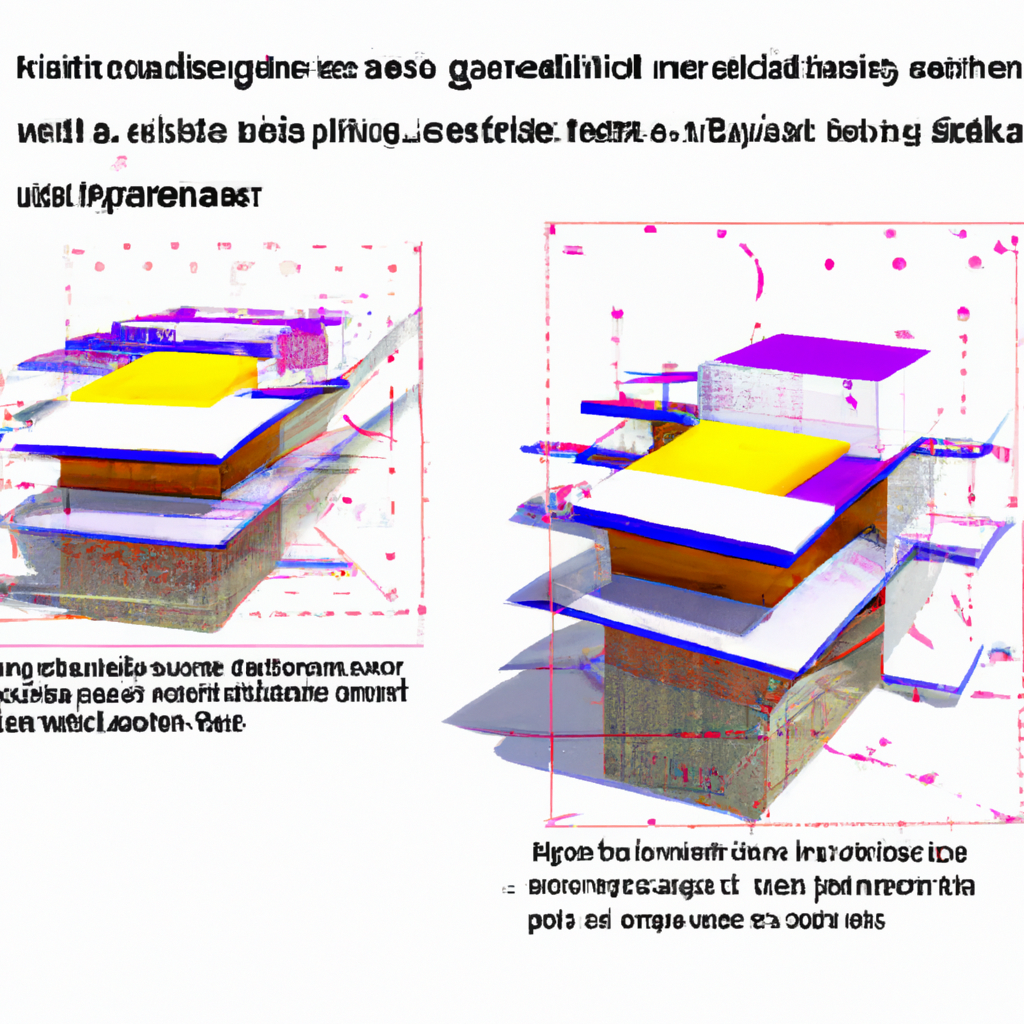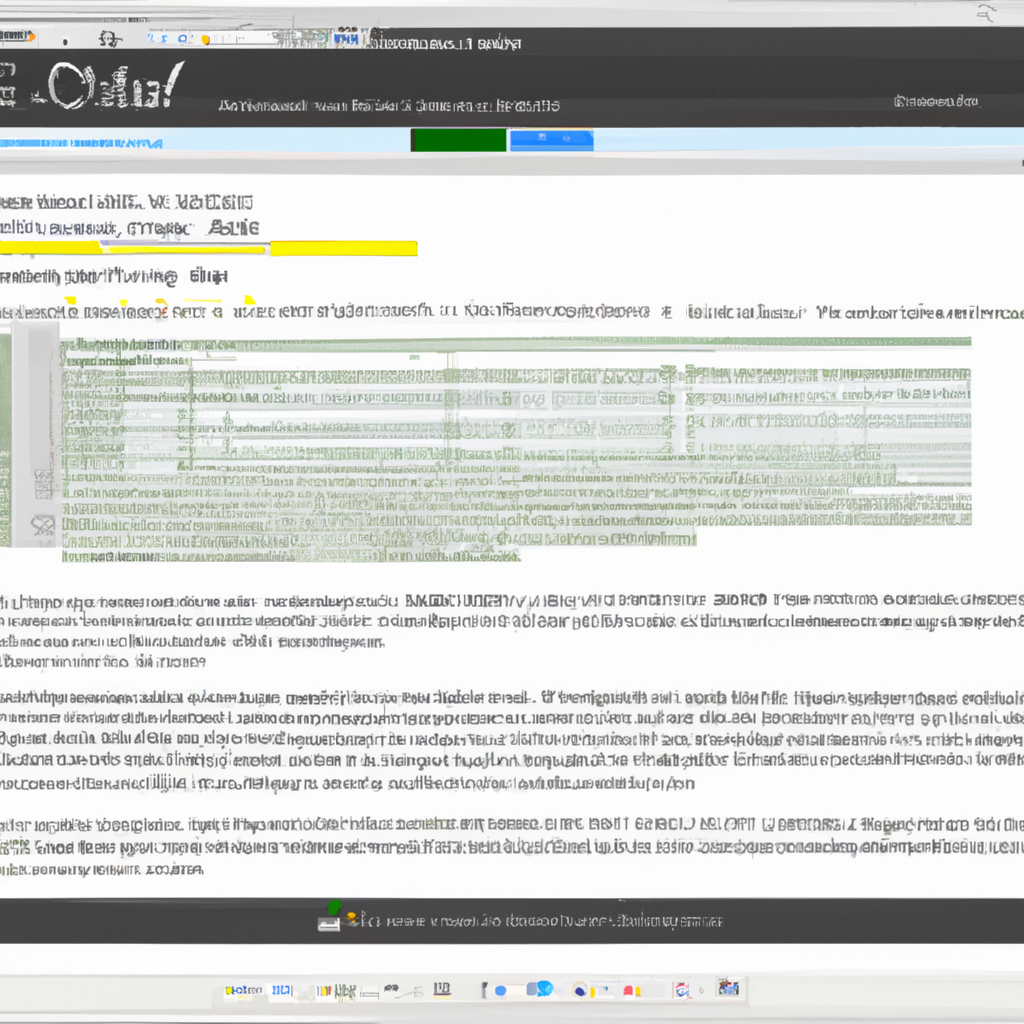- What are Transformer AI Models?
- Understanding the Self-Attention Mechanism
- Benefits of Self-Attention in Transformer Models
- Real-World Applications of Transformer AI Models
What are Transformer AI Models?
Transformer AI models are a type of neural network architecture that has gained popularity in recent years due to their ability to process large amounts of data and generate accurate predictions. They were first introduced in a research paper by Google in 2017 and have since been used in a variety of applications, including natural language processing, image recognition, and speech recognition.
Unlike traditional neural networks, which process data sequentially, transformer models can process data in parallel, making them much faster and more efficient. They achieve this by using a self-attention mechanism, which allows the model to focus on different parts of the input data and assign different weights to each part based on its relevance to the task at hand.
Overall, transformer models have proven to be a powerful tool for machine learning and have enabled significant advances in a variety of fields. As researchers continue to refine and improve these models, we can expect to see even more impressive applications in the future.
Understanding the Self-Attention Mechanism
The self-attention mechanism is a key component of transformer models that allows them to process input data in parallel. It works by allowing the model to focus on different parts of the input data and assign different weights to each part based on its relevance to the task at hand. This allows the model to give more weight to important parts of the input and less weight to irrelevant parts, improving its accuracy and efficiency.
The self-attention mechanism works by computing a set of attention scores for each part of the input data. These scores are then used to compute a weighted sum of the input data, with the weights determined by the attention scores. This allows the model to focus on different parts of the input data at different times, depending on the task at hand.
Overall, the self-attention mechanism is a powerful tool for machine learning that has enabled significant advances in a variety of fields. By allowing models to process input data in parallel and focus on different parts of the data at different times, it has improved the accuracy and efficiency of machine learning models and enabled new applications that were previously impossible.
Benefits of Self-Attention in Transformer Models
The self-attention mechanism in transformer models offers several benefits that make them a powerful tool for machine learning. One of the main benefits is their ability to process input data in parallel, which makes them much faster and more efficient than traditional neural networks. This is particularly useful for tasks that involve processing large amounts of data, such as natural language processing and image recognition.
Another benefit of self-attention in transformer models is their ability to focus on different parts of the input data at different times. This allows the model to give more weight to important parts of the input and less weight to irrelevant parts, improving its accuracy and efficiency. This is particularly useful for tasks that involve complex relationships between different parts of the input data, such as natural language processing.
Overall, the benefits of self-attention in transformer models have enabled significant advances in machine learning and have opened up new possibilities for applications in a variety of fields. As researchers continue to refine and improve these models, we can expect to see even more impressive applications in the future.
Real-World Applications of Transformer AI Models
Transformer AI models have been used in a variety of real-world applications, including natural language processing, image recognition, and speech recognition. In natural language processing, transformer models have been used to generate more accurate translations between languages, improve language understanding in chatbots, and generate more accurate text summaries. In image recognition, transformer models have been used to improve object detection and image segmentation, allowing for more accurate and efficient image analysis. In speech recognition, transformer models have been used to improve speech-to-text accuracy, making it easier to transcribe audio recordings.
One of the most impressive applications of transformer models is in the field of language modeling. Transformer models have been used to generate text that is almost indistinguishable from human-written text, opening up new possibilities for applications such as automated content creation and chatbots that can carry on natural conversations with humans.
Overall, transformer models have proven to be a powerful tool for machine learning and have enabled significant advances in a variety of fields. As researchers continue to refine and improve these models, we can expect to see even more impressive applications in the future.








0 Comments